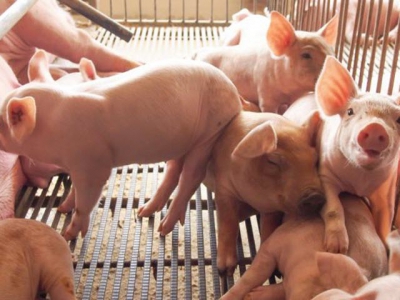Preweaning mortality a complex issue

Question is "which pigs are being lost, and when are they lost?"
Addressing the Allen D. Leman Swine Conference in St. Paul, University of Illinois professor Mike Ellis noted that preweaning mortality (PWM) in pigs in the U.S. and Canada has increased from about 12% to 15%, and total losses, including stillborn piglets, exceed 20% of the total born.
PWM is a "complicated area, with lots of factors involved," Ellis said, noting that there are no easy solutions -- "or else we'd be using them" -- and the problem requires a systems approach that includes aspects of health, facilities, genetics, nutrition, environment and management.
A few of the factors Ellis highlighted as possible causes of increased PWM include increasing litter sizes, increasing numbers of stillbirths and reduced average birthweights (but increased within-litter variation in piglet birthweights).
Speaking to the litter size issue, Ellis said on many swine operations, there are more pigs born per litter than there are functional teats on the sows, which means more strategies for alternative rearing are needed. He suggested cross-fostering, nurse sows (which would have implications for the design of farrowing facilities) and "complementary" rearing systems with the use of artificial milk replacers.
Ellis said the important question is determining "which pigs are being lost, and when are they lost?" He noted that answering that question may change management procedures on sow farms.
Related news
 PRRSV study compares strain virulence
PRRSV study compares strain virulence High-virulence strain caused earlier and greater damage than low-virulence strain and also can attack lymphatic system and bone marrow.
 Model predicts vaccine effectiveness in animals
Model predicts vaccine effectiveness in animals Developed for porcine reproductive and respiratory syndrome, new epidemiological model predicts effectiveness of vaccines at preventing or eliminating
 Hybrid rye may be alternative feed ingredient for swine
Hybrid rye may be alternative feed ingredient for swine A new variety of hybrid rye may provide a less expensive alternative to wheat use in swine growing and finishing diets in Canada as it supports growth performan